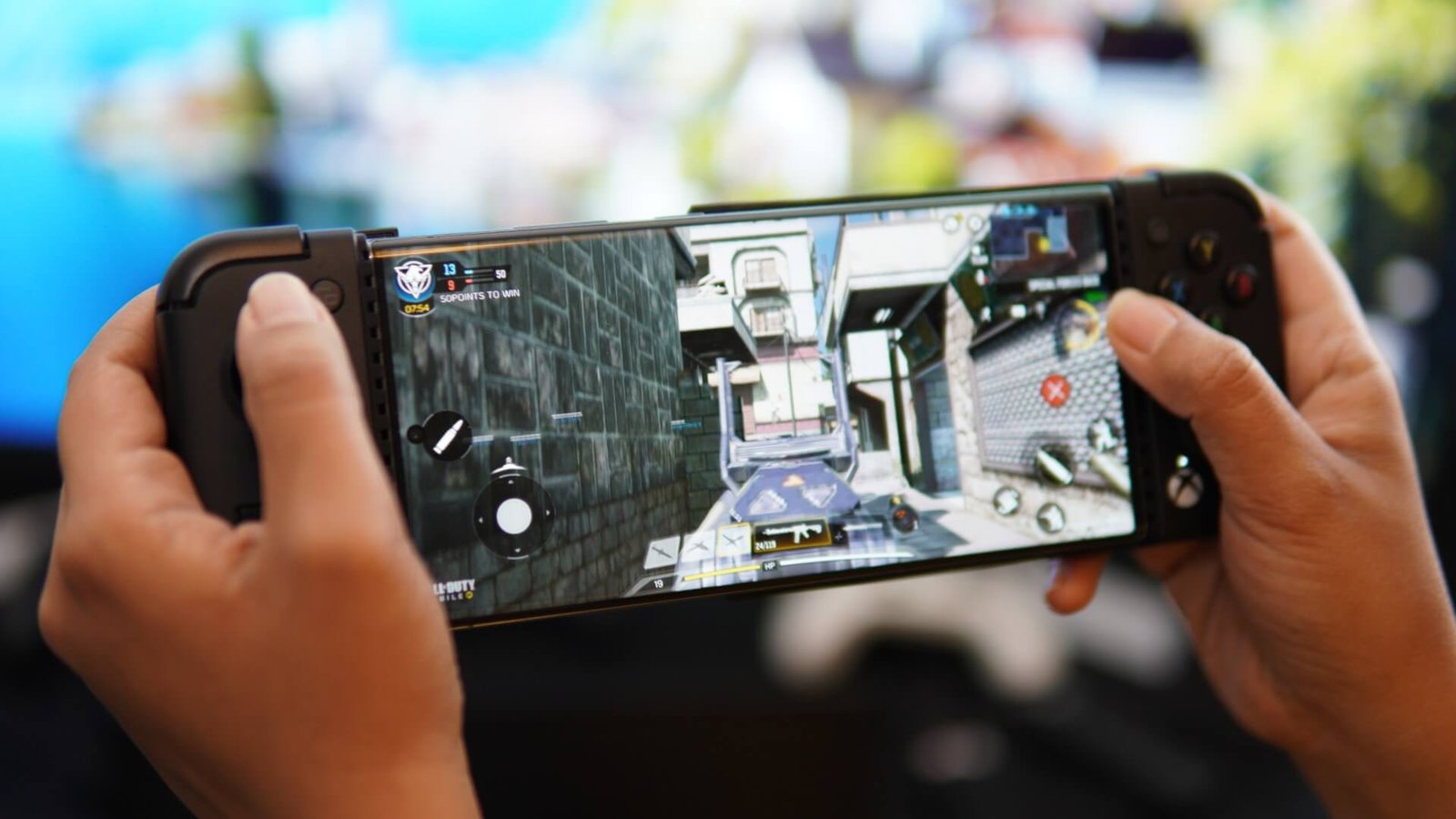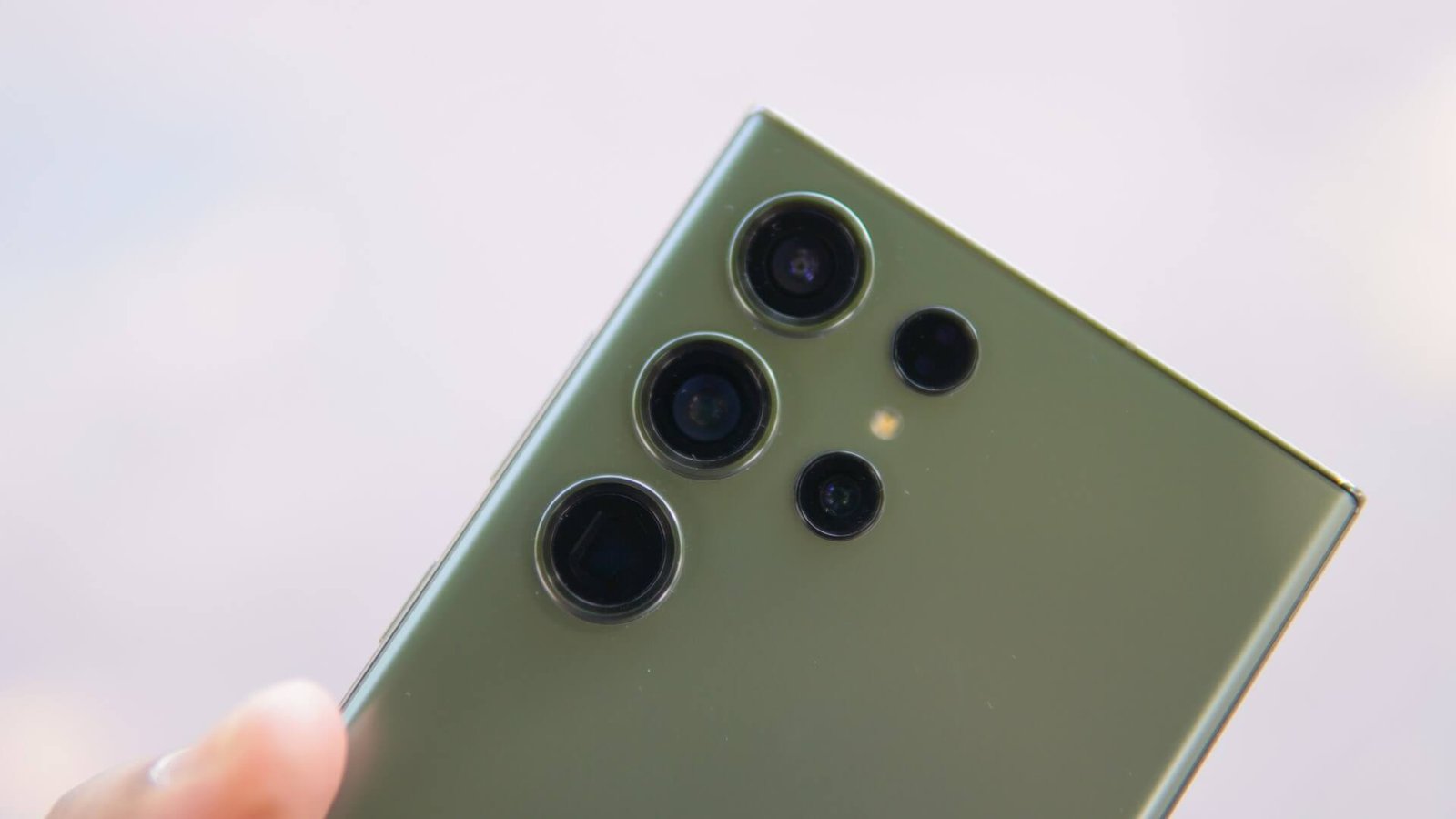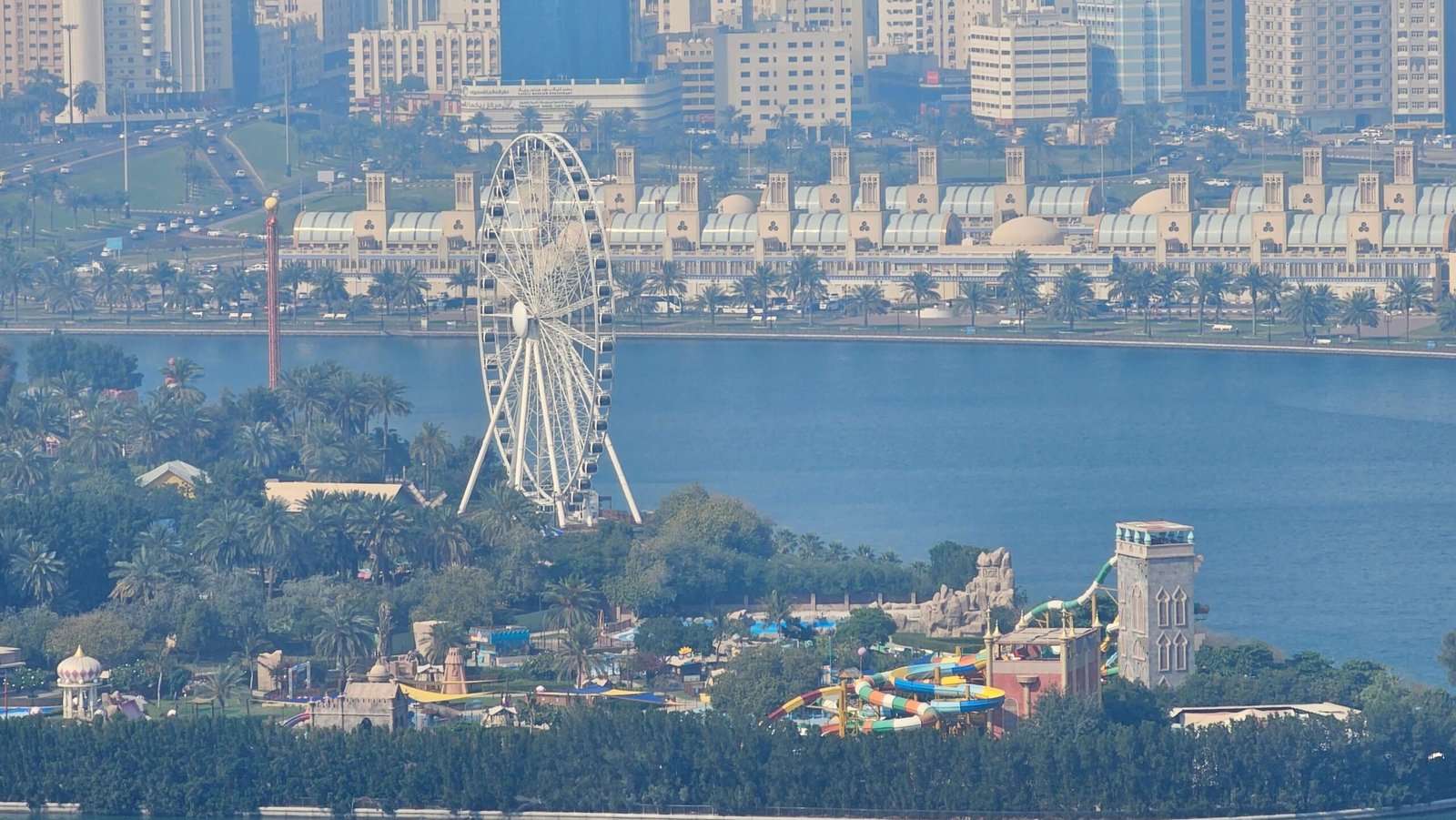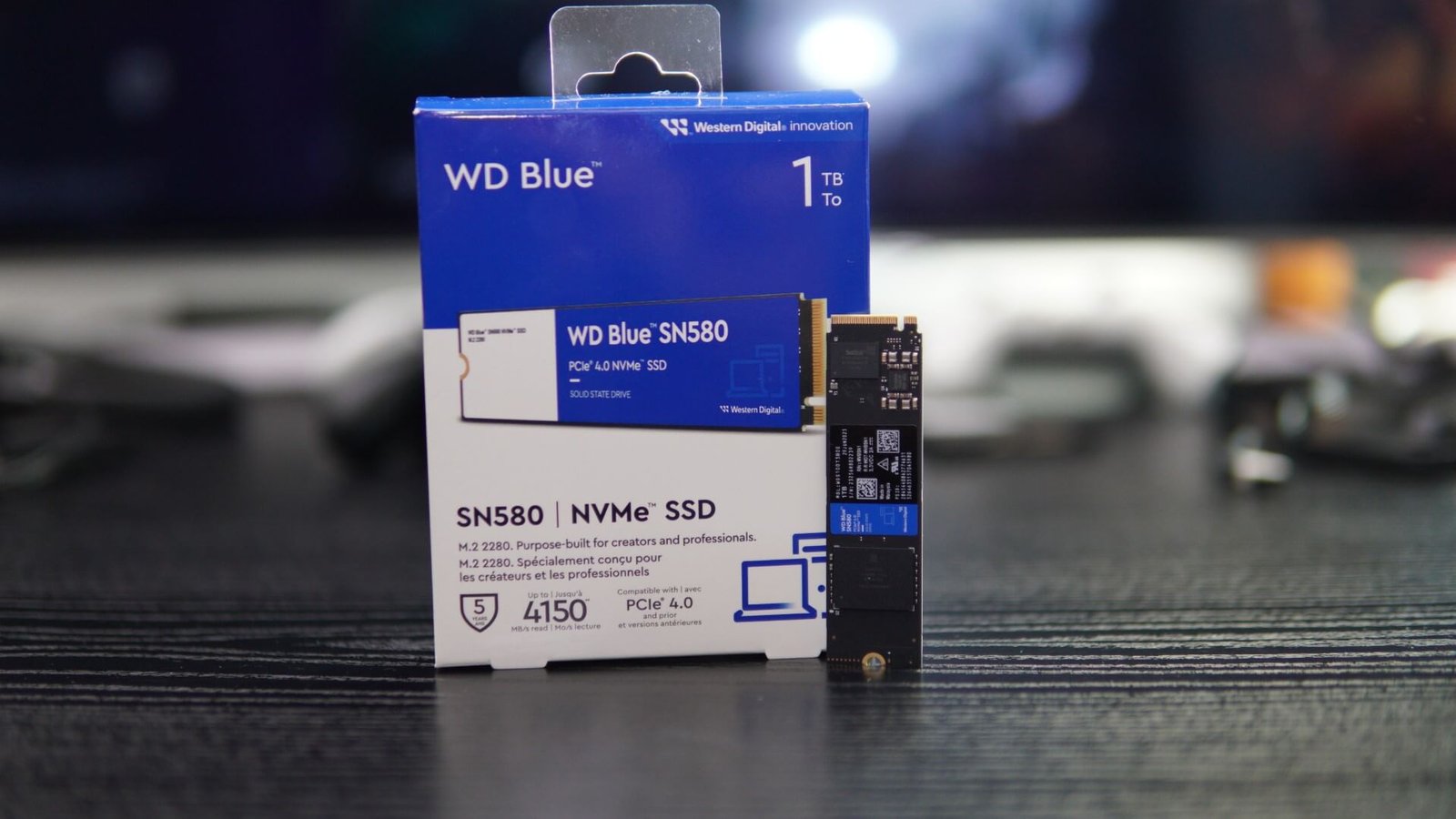Samsung introduced its S23 series flagship smartphones a few months ago that offer enhanced camera capabilities, upgraded performance, and software. We got an opportunity to review the Samsung Galaxy S23 Ultra and here are our thoughts about the new device.
Design
Much of the design aspects of the new Galaxy S23 Ultra are similar to the previous Galaxy S22 Ultra 5G model. While the main aluminum chassis is 8.9mm thick, the device weighs 234g, which is a tad bit heavier than the previous generation counterpart.
 The main display is the same 6.8-inch Dynamic AMOLED 2X panel that features a 120Hz refresh rate and 1440 x 3088 pixels as the screen resolution. The maximum brightness also hits at 1750 nits so you can easily see in broad daylight conditions. Samsung did bump the protection of the screen by using Corning Gorilla Glass Victus 2.
The main display is the same 6.8-inch Dynamic AMOLED 2X panel that features a 120Hz refresh rate and 1440 x 3088 pixels as the screen resolution. The maximum brightness also hits at 1750 nits so you can easily see in broad daylight conditions. Samsung did bump the protection of the screen by using Corning Gorilla Glass Victus 2.
 The rear side of the latest S23 Ultra is really similar to the previous S22 Ultra model and this includes the clean and island-less quad-camera setup.
The rear side of the latest S23 Ultra is really similar to the previous S22 Ultra model and this includes the clean and island-less quad-camera setup.
 The upper right side of the device features the volume rocker and the Bixby/ Power button. The edges of the smartphone are quite curved in design, which should be convenient for the user to hold the device easier.
The upper right side of the device features the volume rocker and the Bixby/ Power button. The edges of the smartphone are quite curved in design, which should be convenient for the user to hold the device easier.
 The bottom portion of the smartphone also comes with the USB-C port in the middle, along with the AKG-tuned speaker grill, mic holes, and the S-Pen slot. The middle USB-C port is also helpful for those who want to easily use gaming controllers such as the GameSir X2 Pro.
The bottom portion of the smartphone also comes with the USB-C port in the middle, along with the AKG-tuned speaker grill, mic holes, and the S-Pen slot. The middle USB-C port is also helpful for those who want to easily use gaming controllers such as the GameSir X2 Pro.
 The S-Pen is easily accessible from the bottom with the usual push-and-pull mechanics. With the S23 Ultra now being the second S-series flagship device to sport S-Pen housing and functionality, it’s now evident that the older Note series devices are completely gone for good. The S23 Ultra is also an IP68-certified smartphone for dust and water resistance. The Armor aluminum frame is designed to be resistant to accidental drops. Other features include Dual-SIM functionality, WiFi 6e, Bluetooth 5.3 and 5G connectivity.
The S-Pen is easily accessible from the bottom with the usual push-and-pull mechanics. With the S23 Ultra now being the second S-series flagship device to sport S-Pen housing and functionality, it’s now evident that the older Note series devices are completely gone for good. The S23 Ultra is also an IP68-certified smartphone for dust and water resistance. The Armor aluminum frame is designed to be resistant to accidental drops. Other features include Dual-SIM functionality, WiFi 6e, Bluetooth 5.3 and 5G connectivity.
 Performance
Performance
While the Galaxy S23 Ultra shares similar design characteristics as the older S22 Ultra, the new smartphone comes with upgraded internal specifications for faster performance. Powering the device is the latest Qualcomm Snapdragon 8 Gen 2 octa-core SoC, featuring three Cortex A510 cores at 2GHz, two Cortex A710 cores clocked at 2.8GHz, two Cortex A715 cores set at 2.8GHz, and one Cortex X3 core clocked at 3.36GHz speeds.
 The gaming side of things is taken care of by the Adreno 740 GPU and our review sample is based on the base 8GB RAM and 256GB storage configuration. Although the internal memory is not expandable, the storage is UFS 4.0 base high-speed memory. The smartphone also runs on the latest Android 13 OS with Samsung’s One UI 5.1 interface. With all these, the performance of the device is great while using the smartphone for normal tasks, and no noticeable lags were noticed. We were also able to crank up the graphical settings of games and play at maximum framerates.
The gaming side of things is taken care of by the Adreno 740 GPU and our review sample is based on the base 8GB RAM and 256GB storage configuration. Although the internal memory is not expandable, the storage is UFS 4.0 base high-speed memory. The smartphone also runs on the latest Android 13 OS with Samsung’s One UI 5.1 interface. With all these, the performance of the device is great while using the smartphone for normal tasks, and no noticeable lags were noticed. We were also able to crank up the graphical settings of games and play at maximum framerates.
 The S-Pen functionality indeed continues the legacy of the Note series. The S-Pen lets users express themselves with their own notes, creative sketches, doodle on images, crop images from web pages or screenshots, and more. You can also capture words and dates of an event from an image or video, and instantly save them as entries in your calendar.
The S-Pen functionality indeed continues the legacy of the Note series. The S-Pen lets users express themselves with their own notes, creative sketches, doodle on images, crop images from web pages or screenshots, and more. You can also capture words and dates of an event from an image or video, and instantly save them as entries in your calendar.
 The S23 Ultra also houses a large 5000 mAh battery that has support for 45W fast charge, 15W wireless fast charge, and a modest 4.5W reverse wireless charge. We ran the PCMark Work 3.0 Battery Test benchmark that simulates a mix of office, internet, and other smartphone operations to see how long the device lasts with a fully charged battery. The S23 Ultra was able to last up to 16 hours and 37 minutes. It should be noted that the benchmark stops when the battery hits below 19%, so there was still some juice left to go on. We also ran other benchmarks such as the standard PC Mark 10 Work 3.0, Antutu v9.5.9, and Geekbench 6 tests. Take a look at the scores below.
The S23 Ultra also houses a large 5000 mAh battery that has support for 45W fast charge, 15W wireless fast charge, and a modest 4.5W reverse wireless charge. We ran the PCMark Work 3.0 Battery Test benchmark that simulates a mix of office, internet, and other smartphone operations to see how long the device lasts with a fully charged battery. The S23 Ultra was able to last up to 16 hours and 37 minutes. It should be noted that the benchmark stops when the battery hits below 19%, so there was still some juice left to go on. We also ran other benchmarks such as the standard PC Mark 10 Work 3.0, Antutu v9.5.9, and Geekbench 6 tests. Take a look at the scores below.
Camera
One of the main changes in the Galaxy S23 Ultra is the inclusion of a massive 200MP camera as a part of the quad-camera setup. The main 200MP shooter features an f/1.7 aperture lens and a large 1/1.3″ main sensor with support for PDAF and OIS. This is joined with a 10MP 1/3.52″ sensor as the periscope telephoto shooter, another 10MP 1/3.52″ snapper with an f/2.4 telephoto lens and a 12MP 1/2.55″ sensor with f/2.2 ultrawide lens. This ensures that the user is able to cover from the ultra-wide focal length all the way to ultra-zoom distances.
Samsung mentions that the main sensor is specially tuned for low-light photography and image details to be that of DSLR-level results. The video capabilities are 8K video recording at 24fps/30fps modes, 4K videos up to 60fps, 1080p videos up to 240fps, and more. The company also mentions that the device is capable of astrophotography and a special mode called Astro Hyperlapse and this can be a delight for all those stars and galaxy-seeking crowds. Unfortunately, we didn’t get the chance to try out its astro capabilities. That said, the front-facing selfie camera packs a 12MP sensor with f/2.2 as the aperture and has support for 4K video calls up to 60fps.
Samsung mentions that the main camera has an optical zoom of up to 3x and a digital zoom of up to 100x capability. We tried several focal lengths to show the quality of the images. From the below samples where we try to capture some birds, the 100x digital zoom is good to reach the subject. However, we do notice that the details of the image do reduce quite a bit.
- 10x optical zoom
- 100x optical zoom
And from the below group of images where we capture the entire Flag Island of Sharjah, the first image from the left is shot at the widest focal length, and I keep switching further all the way toward the seats of the Eye of the Emirates wheels.
- Ultra-wide
- 3x Optical zoom
- 10x Optical Zoom
- 60x Digital Zoom
- 100x Digital Zoom
We did a similar photoshoot here near Queen Elizabeth 2 floating hotel but facing toward the Burj Khalifa area. Once again, I started to capture shots from the widest angle focal length and all the way up to 100x digital zoom where I can read the Gevora Hotel. As I mentioned before, the digital zoom of the S23 Ultra at its longest focal length does lose some sharpness and image details. That said, it’s amazing that this smartphone can capture images all the way with this much distance.
- Ultra-Wide
- 10x Optical Zoom
- 60x Digital Zoom
- 100x Digital Zoom
The 200MP mode, however, is a different story. The details of a shot, when captured at 200 megapixels, are just fantastic. The sharpness and image details are impressive when you zoom into the image. There is also the 50MP mode that also captures similar amazing details. However, the only advantage of the 50MP mode is that the file sizes are lower as compared to a 200MP image.
- 50MP image
- 200MP image
We do feel that in certain scenarios, capturing a 200MP image and cropping to the point of interest produces better IQ results as compared to a 100x digital zoom image. For instance, I happen to capture this spider who was peaking from a leaf, and when you crop the part where the spider is located, the sharpness and details are just amazing. If I tried to recreate the same photo using 100x digital zoom, the image quality would have been a lot worse.
- 200MP image
- Cropped image focused on the spider
We also tried shooting a full moon during Ramadan time using the Galaxy S23 Ultra. The image results are just decent, to say the least. While the sample shots aren’t at a full-frame DSLR-level camera performance for moon shots, it does the job well for a smartphone.
- 70x Digital Zoom
- 100x Digital Zoom
Verdict
The Samsung Galaxy S23 Ultra is the latest smartphone and the current flagship of the S-series line-up. The device features a brilliant 6.8-inch Dynamic AMOLED 2X display with a 120Hz refresh rate and a screen resolution of 1440 x 3088 pixels. The device also includes Corning Gorilla Glass Victus 2 for protecting the main display and the S-Pen functionality lets users take notes, draw doodles, crop images, and more.
 One of the main updates is the 200MP camera that produces outstanding image quality, even when cropping the image. The main camera is also capable of 100x digital zoom and 8K video recording. The Snapdragon 8 Gen 2 ensures that the device runs fast and snappy with flawless gaming experience and the device runs on the latest Android 13 OS. And the 5000 mAh battery easily lets you last for a day of use.
One of the main updates is the 200MP camera that produces outstanding image quality, even when cropping the image. The main camera is also capable of 100x digital zoom and 8K video recording. The Snapdragon 8 Gen 2 ensures that the device runs fast and snappy with flawless gaming experience and the device runs on the latest Android 13 OS. And the 5000 mAh battery easily lets you last for a day of use.


























